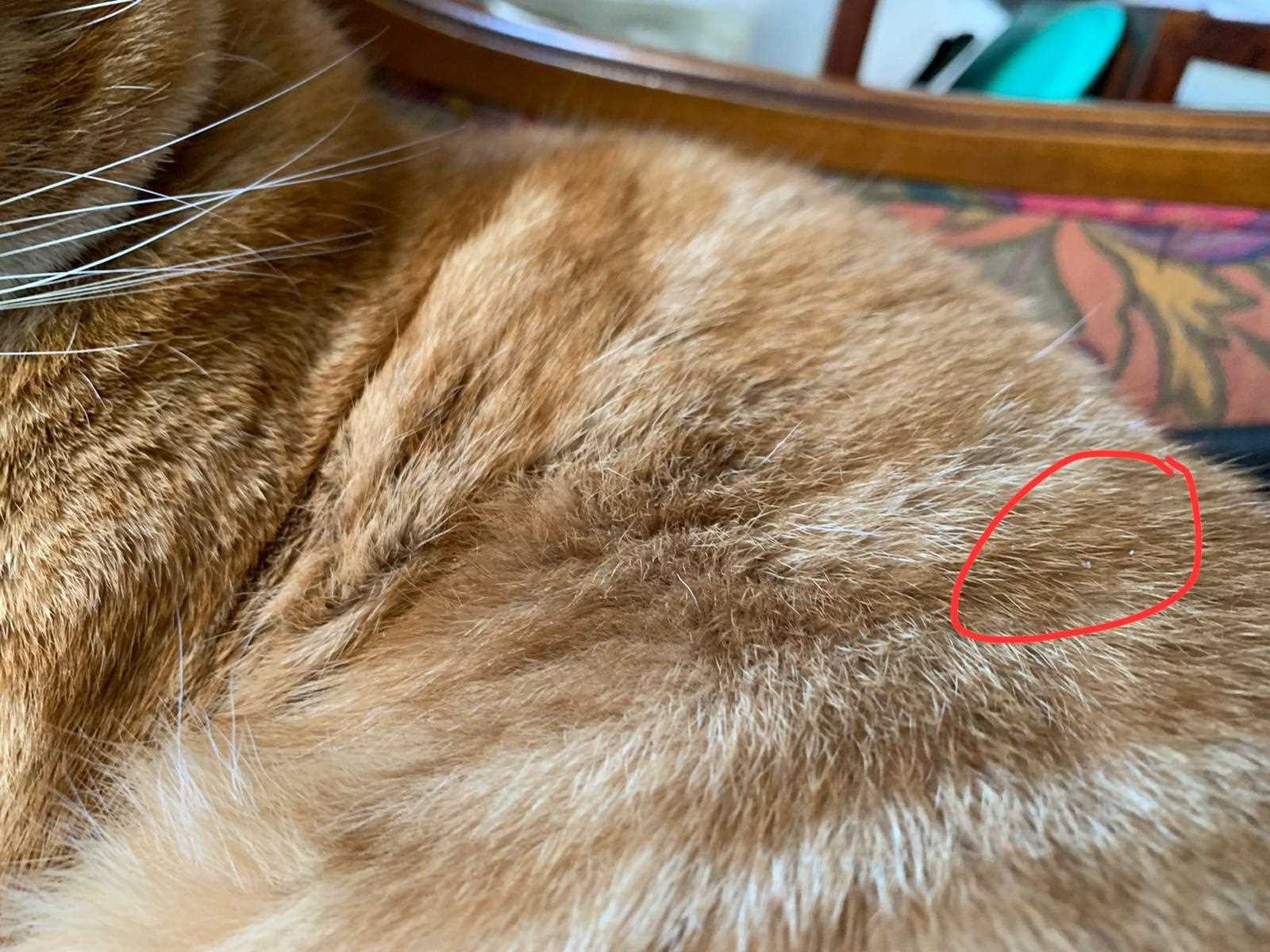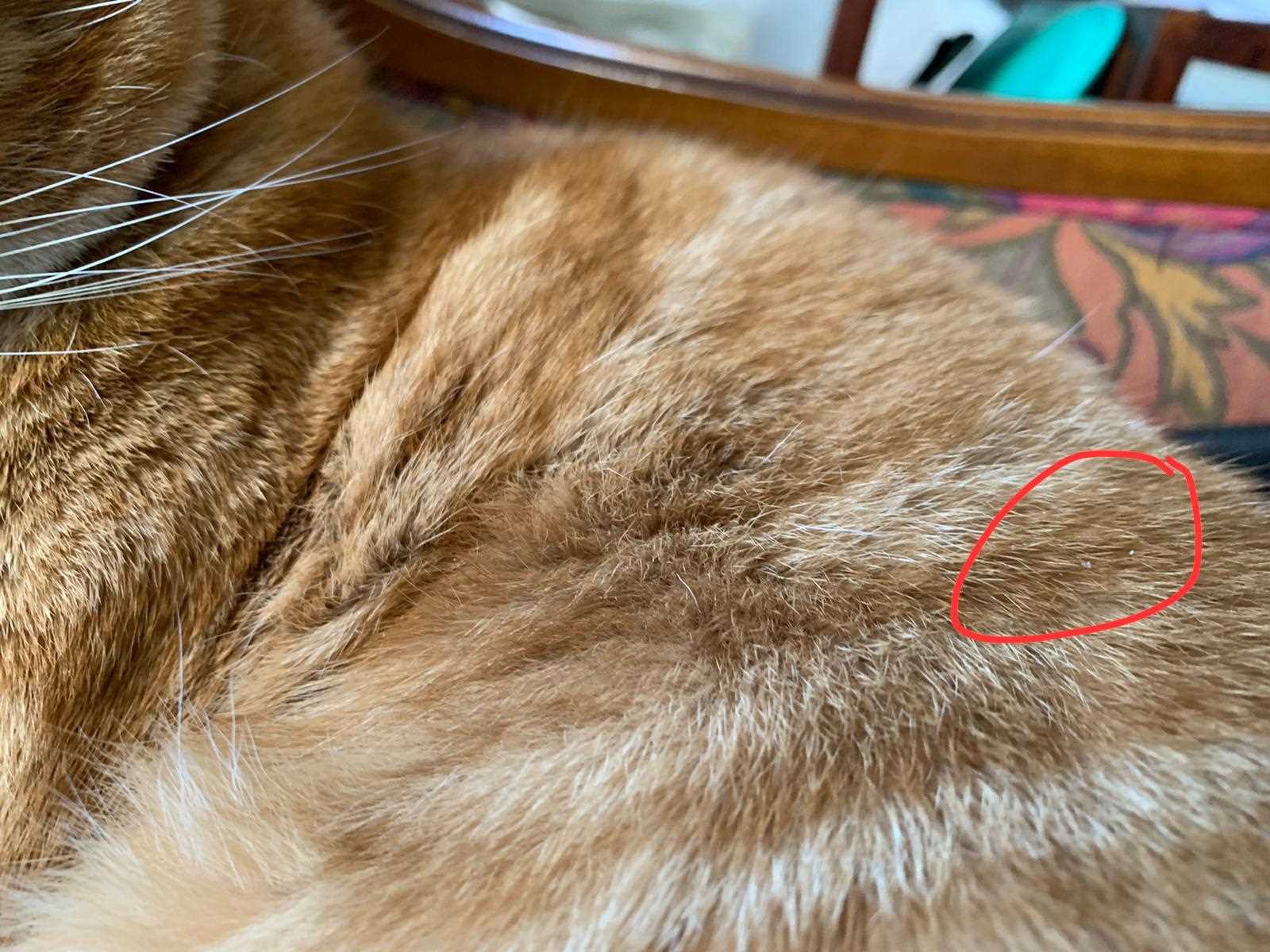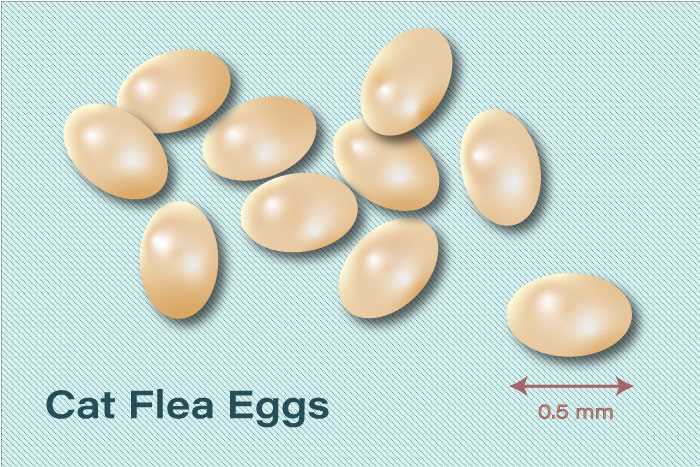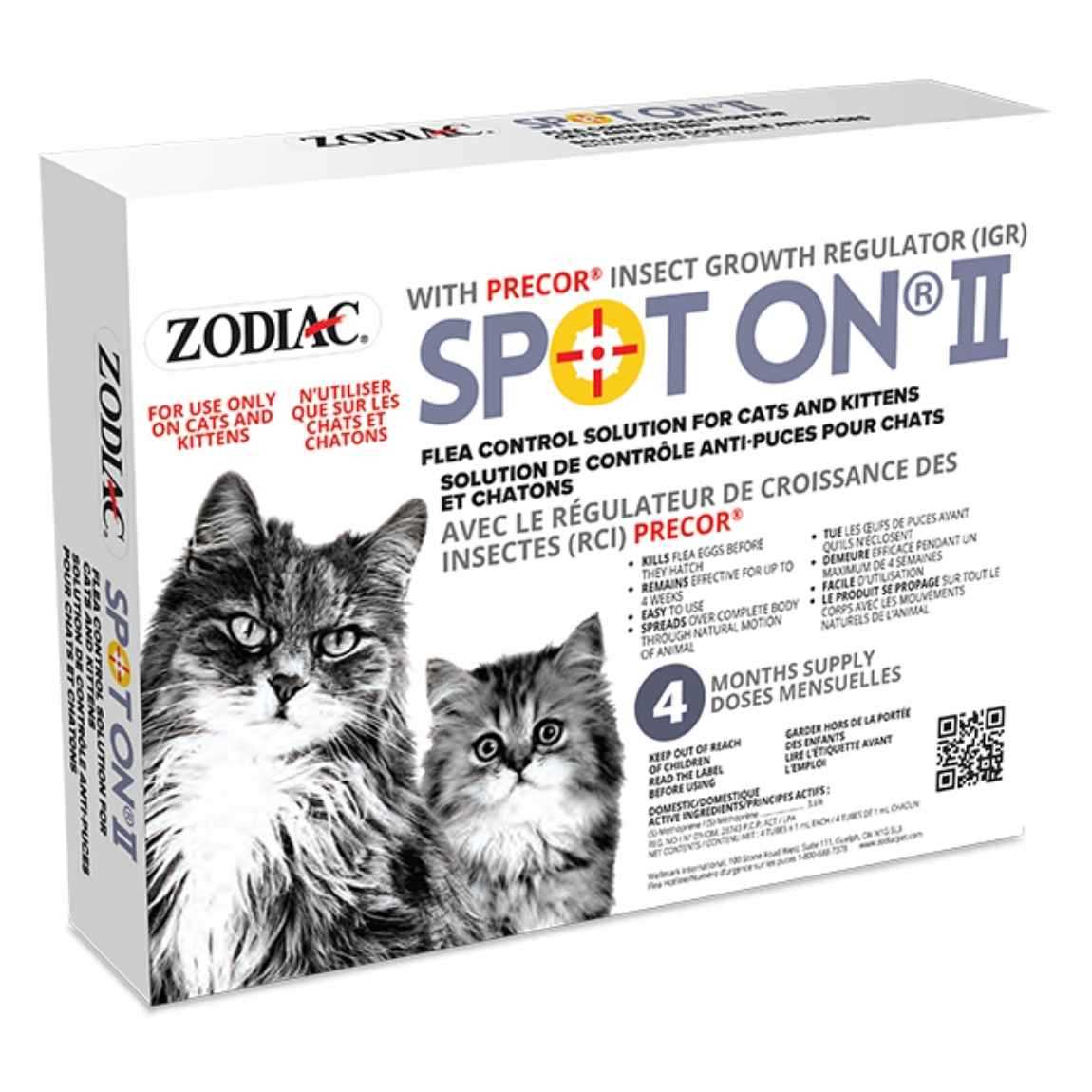For those looking to eradicate unwanted passengers from their furry friends, I recommend using a combination of treatments that target the life cycle of these nuisances. First and foremost, regular vacuuming can dramatically reduce the number of larvae in your home environment. Make sure to focus on carpets, upholstery, and corners where these critters tend to hide.
Next, consider applying a high-quality insect growth regulator (IGR) to the affected areas. These products disrupt the development of young pests, preventing them from maturing into adults and effectively breaking the cycle. Look for options that are safe for use around pets and children.
Don’t overlook the importance of topical treatments or oral medications specifically designed for this type of infestation. These solutions can provide immediate relief and contribute to the long-term management of the situation. Always consult with your veterinarian to ensure you choose the safest and most appropriate method for your specific circumstances.
Lastly, washing bedding and any fabric your pet frequently uses in hot water can eliminate any remaining larvae. A consistent cleaning routine combined with targeted treatments will help to keep your home free from unwanted invaders.
Effective Solutions for Eliminating Eggs
To eradicate those stubborn little nuisances in my space, I recommend using products containing insect growth regulators (IGRs). These specially formulated ingredients stop the development of larvae into adults, breaking the lifecycle right at the source. Look for brands that feature pyriproxyfen or methoprene in their ingredients.
Topical Treatments

Topical applications are another reliable method. These treatments not only target mature pests but also significantly reduce the chances of new generations hatching. Make sure to apply them according to the instructions, ensuring even coverage for maximum impact.
Regular Cleaning and Maintenance
Routine vacuuming of my favorite napping spots and any areas I frequent is crucial. Vacuuming removes any potential eggs and larvae from carpets and furniture, preventing future infestations. Don’t forget to dispose of the vacuum bag or empty the canister outside to avoid re-infestation.
Top Chemical Treatments for Flea Eggs in Cats

For those looking to eliminate the little nuisances from their furry friends, here are some potent chemical solutions:
-
Fipronil: This compound disrupts the nervous system of immature forms, effectively halting their development. Available in topical formulations, it provides a monthly defense.
-
Imidacloprid: A popular ingredient in various spot-on treatments, it paralyzes and kills young life stages. It’s safe for my breed and works well when applied regularly.
-
Selamectin: This medication not only targets immature stages but also offers protection against other parasites. It’s applied topically and remains effective for a month.
-
Spinosad: Found in some oral treatments, it acts quickly on younger forms and has a fast knockdown effect. It’s a tasty option for those who prefer pills.
-
Pyriproxyfen: This growth regulator prevents the development of immature stages. It’s often combined with other treatments for enhanced efficacy.
Always consult with a vet before choosing a product, as they can recommend the best options based on individual needs and health conditions. Regular treatment and a clean environment are key to keeping those tiny invaders at bay.
Natural Remedies for Eliminating Flea Eggs on Cats

For a natural approach, consider using diatomaceous earth. This fine powder can be sprinkled on my fur and around my living area. It’s safe for pets and works by dehydrating those tiny nuisances.
Another option is to use apple cider vinegar mixed with water. A 1:1 ratio sprayed onto my coat can deter unwanted visitors and help control their lifecycle.
Lavender essential oil is also a favorite of mine. A few drops diluted in a carrier oil can be massaged into my fur, providing a pleasant aroma while keeping the critters away.
Regular vacuuming and washing of bedding help eliminate any remnants. Be sure to clean all areas where I spend time, including my cozy spots.
To further enhance the treatment, consider adding a few drops of essential oils like rosemary or cedarwood to my grooming routine. These natural scents can repel unwanted guests without harsh chemicals.
For additional insights on pet care, check out if cockroaches eat cat food or find out if cats enjoy going on walks.
Preventive Measures to Stop Reinfestation
Regular cleaning is my first line of defense. Vacuuming carpets, furniture, and any fabric surfaces removes potential hiding spots for developing larvae. I recommend doing this at least once a week, while paying special attention to corners and under furniture.
Using a high-efficiency particulate air (HEPA) filter in your vacuum can trap tiny particles, including larvae and other pests. Empty the vacuum bag or canister immediately after cleaning to prevent any survivors from escaping.
Routine Grooming
Frequent grooming sessions help monitor my fur and remove any unwanted visitors. A fine-tooth comb works wonders for this task. It’s a good idea to do this outdoors to prevent any hitchhikers from making it back inside.
Environmental Control

Maintaining a clean environment is crucial. Washing bedding and soft toys in hot water every two weeks eliminates any remaining pests. Don’t forget to treat areas where I like to lounge or play, as this is where eggs may be laid.
Applying diatomaceous earth in places I frequently visit can deter any new arrivals. This natural powder is safe for me but harmful to unwanted intruders. Just make sure it’s food-grade and avoid areas where I eat or drink.
Keeping my living space clutter-free also helps. Reducing hiding spaces limits the chances of survival for any unwanted guests.
Lastly, consider regular veterinary check-ups to ensure my health stays in top shape and prevent any future infestations. Staying proactive is key to keeping my home pest-free!
Video:
For those looking to eradicate unwanted passengers from their furry friends, I recommend using a combination of treatments that target the life cycle of these nuisances. First and foremost, regular vacuuming can dramatically reduce the number of larvae in your home environment. Make sure to focus on carpets, upholstery, and corners where these critters tend to hide.
Next, consider applying a high-quality insect growth regulator (IGR) to the affected areas. These products disrupt the development of young pests, preventing them from maturing into adults and effectively breaking the cycle. Look for options that are safe for use around pets and children.
Don’t overlook the importance of topical treatments or oral medications specifically designed for this type of infestation. These solutions can provide immediate relief and contribute to the long-term management of the situation. Always consult with your veterinarian to ensure you choose the safest and most appropriate method for your specific circumstances.
Lastly, washing bedding and any fabric your pet frequently uses in hot water can eliminate any remaining larvae. A consistent cleaning routine combined with targeted treatments will help to keep your home free from unwanted invaders.
Effective Solutions for Eliminating Eggs
To eradicate those stubborn little nuisances in my space, I recommend using products containing insect growth regulators (IGRs). These specially formulated ingredients stop the development of larvae into adults, breaking the lifecycle right at the source. Look for brands that feature pyriproxyfen or methoprene in their ingredients.
Topical Treatments

Topical applications are another reliable method. These treatments not only target mature pests but also significantly reduce the chances of new generations hatching. Make sure to apply them according to the instructions, ensuring even coverage for maximum impact.
Regular Cleaning and Maintenance
Routine vacuuming of my favorite napping spots and any areas I frequent is crucial. Vacuuming removes any potential eggs and larvae from carpets and furniture, preventing future infestations. Don’t forget to dispose of the vacuum bag or empty the canister outside to avoid re-infestation.
Top Chemical Treatments for Flea Eggs in Cats

For those looking to eliminate the little nuisances from their furry friends, here are some potent chemical solutions:
-
Fipronil: This compound disrupts the nervous system of immature forms, effectively halting their development. Available in topical formulations, it provides a monthly defense.
-
Imidacloprid: A popular ingredient in various spot-on treatments, it paralyzes and kills young life stages. It’s safe for my breed and works well when applied regularly.
-
Selamectin: This medication not only targets immature stages but also offers protection against other parasites. It’s applied topically and remains effective for a month.
-
Spinosad: Found in some oral treatments, it acts quickly on younger forms and has a fast knockdown effect. It’s a tasty option for those who prefer pills.
-
Pyriproxyfen: This growth regulator prevents the development of immature stages. It’s often combined with other treatments for enhanced efficacy.
Always consult with a vet before choosing a product, as they can recommend the best options based on individual needs and health conditions. Regular treatment and a clean environment are key to keeping those tiny invaders at bay.
Natural Remedies for Eliminating Flea Eggs on Cats

For a natural approach, consider using diatomaceous earth. This fine powder can be sprinkled on my fur and around my living area. It’s safe for pets and works by dehydrating those tiny nuisances.
Another option is to use apple cider vinegar mixed with water. A 1:1 ratio sprayed onto my coat can deter unwanted visitors and help control their lifecycle.
Lavender essential oil is also a favorite of mine. A few drops diluted in a carrier oil can be massaged into my fur, providing a pleasant aroma while keeping the critters away.
Regular vacuuming and washing of bedding help eliminate any remnants. Be sure to clean all areas where I spend time, including my cozy spots.
To further enhance the treatment, consider adding a few drops of essential oils like rosemary or cedarwood to my grooming routine. These natural scents can repel unwanted guests without harsh chemicals.
For additional insights on pet care, check out if cockroaches eat cat food or find out if cats enjoy going on walks.
Preventive Measures to Stop Reinfestation
Regular cleaning is my first line of defense. Vacuuming carpets, furniture, and any fabric surfaces removes potential hiding spots for developing larvae. I recommend doing this at least once a week, while paying special attention to corners and under furniture.
Using a high-efficiency particulate air (HEPA) filter in your vacuum can trap tiny particles, including larvae and other pests. Empty the vacuum bag or canister immediately after cleaning to prevent any survivors from escaping.
Routine Grooming
Frequent grooming sessions help monitor my fur and remove any unwanted visitors. A fine-tooth comb works wonders for this task. It’s a good idea to do this outdoors to prevent any hitchhikers from making it back inside.
Environmental Control

Maintaining a clean environment is crucial. Washing bedding and soft toys in hot water every two weeks eliminates any remaining pests. Don’t forget to treat areas where I like to lounge or play, as this is where eggs may be laid.
Applying diatomaceous earth in places I frequently visit can deter any new arrivals. This natural powder is safe for me but harmful to unwanted intruders. Just make sure it’s food-grade and avoid areas where I eat or drink.
Keeping my living space clutter-free also helps. Reducing hiding spaces limits the chances of survival for any unwanted guests.
Lastly, consider regular veterinary check-ups to ensure my health stays in top shape and prevent any future infestations. Staying proactive is key to keeping my home pest-free!
Video:
For those looking to eradicate unwanted passengers from their furry friends, I recommend using a combination of treatments that target the life cycle of these nuisances. First and foremost, regular vacuuming can dramatically reduce the number of larvae in your home environment. Make sure to focus on carpets, upholstery, and corners where these critters tend to hide.
Next, consider applying a high-quality insect growth regulator (IGR) to the affected areas. These products disrupt the development of young pests, preventing them from maturing into adults and effectively breaking the cycle. Look for options that are safe for use around pets and children.
Don’t overlook the importance of topical treatments or oral medications specifically designed for this type of infestation. These solutions can provide immediate relief and contribute to the long-term management of the situation. Always consult with your veterinarian to ensure you choose the safest and most appropriate method for your specific circumstances.
Lastly, washing bedding and any fabric your pet frequently uses in hot water can eliminate any remaining larvae. A consistent cleaning routine combined with targeted treatments will help to keep your home free from unwanted invaders.
Effective Solutions for Eliminating Eggs
To eradicate those stubborn little nuisances in my space, I recommend using products containing insect growth regulators (IGRs). These specially formulated ingredients stop the development of larvae into adults, breaking the lifecycle right at the source. Look for brands that feature pyriproxyfen or methoprene in their ingredients.
Topical Treatments

Topical applications are another reliable method. These treatments not only target mature pests but also significantly reduce the chances of new generations hatching. Make sure to apply them according to the instructions, ensuring even coverage for maximum impact.
Regular Cleaning and Maintenance
Routine vacuuming of my favorite napping spots and any areas I frequent is crucial. Vacuuming removes any potential eggs and larvae from carpets and furniture, preventing future infestations. Don’t forget to dispose of the vacuum bag or empty the canister outside to avoid re-infestation.
Top Chemical Treatments for Flea Eggs in Cats

For those looking to eliminate the little nuisances from their furry friends, here are some potent chemical solutions:
-
Fipronil: This compound disrupts the nervous system of immature forms, effectively halting their development. Available in topical formulations, it provides a monthly defense.
-
Imidacloprid: A popular ingredient in various spot-on treatments, it paralyzes and kills young life stages. It’s safe for my breed and works well when applied regularly.
-
Selamectin: This medication not only targets immature stages but also offers protection against other parasites. It’s applied topically and remains effective for a month.
-
Spinosad: Found in some oral treatments, it acts quickly on younger forms and has a fast knockdown effect. It’s a tasty option for those who prefer pills.
-
Pyriproxyfen: This growth regulator prevents the development of immature stages. It’s often combined with other treatments for enhanced efficacy.
Always consult with a vet before choosing a product, as they can recommend the best options based on individual needs and health conditions. Regular treatment and a clean environment are key to keeping those tiny invaders at bay.
Natural Remedies for Eliminating Flea Eggs on Cats

For a natural approach, consider using diatomaceous earth. This fine powder can be sprinkled on my fur and around my living area. It’s safe for pets and works by dehydrating those tiny nuisances.
Another option is to use apple cider vinegar mixed with water. A 1:1 ratio sprayed onto my coat can deter unwanted visitors and help control their lifecycle.
Lavender essential oil is also a favorite of mine. A few drops diluted in a carrier oil can be massaged into my fur, providing a pleasant aroma while keeping the critters away.
Regular vacuuming and washing of bedding help eliminate any remnants. Be sure to clean all areas where I spend time, including my cozy spots.
To further enhance the treatment, consider adding a few drops of essential oils like rosemary or cedarwood to my grooming routine. These natural scents can repel unwanted guests without harsh chemicals.
For additional insights on pet care, check out if cockroaches eat cat food or find out if cats enjoy going on walks.
Preventive Measures to Stop Reinfestation
Regular cleaning is my first line of defense. Vacuuming carpets, furniture, and any fabric surfaces removes potential hiding spots for developing larvae. I recommend doing this at least once a week, while paying special attention to corners and under furniture.
Using a high-efficiency particulate air (HEPA) filter in your vacuum can trap tiny particles, including larvae and other pests. Empty the vacuum bag or canister immediately after cleaning to prevent any survivors from escaping.
Routine Grooming
Frequent grooming sessions help monitor my fur and remove any unwanted visitors. A fine-tooth comb works wonders for this task. It’s a good idea to do this outdoors to prevent any hitchhikers from making it back inside.
Environmental Control

Maintaining a clean environment is crucial. Washing bedding and soft toys in hot water every two weeks eliminates any remaining pests. Don’t forget to treat areas where I like to lounge or play, as this is where eggs may be laid.
Applying diatomaceous earth in places I frequently visit can deter any new arrivals. This natural powder is safe for me but harmful to unwanted intruders. Just make sure it’s food-grade and avoid areas where I eat or drink.
Keeping my living space clutter-free also helps. Reducing hiding spaces limits the chances of survival for any unwanted guests.
Lastly, consider regular veterinary check-ups to ensure my health stays in top shape and prevent any future infestations. Staying proactive is key to keeping my home pest-free!







